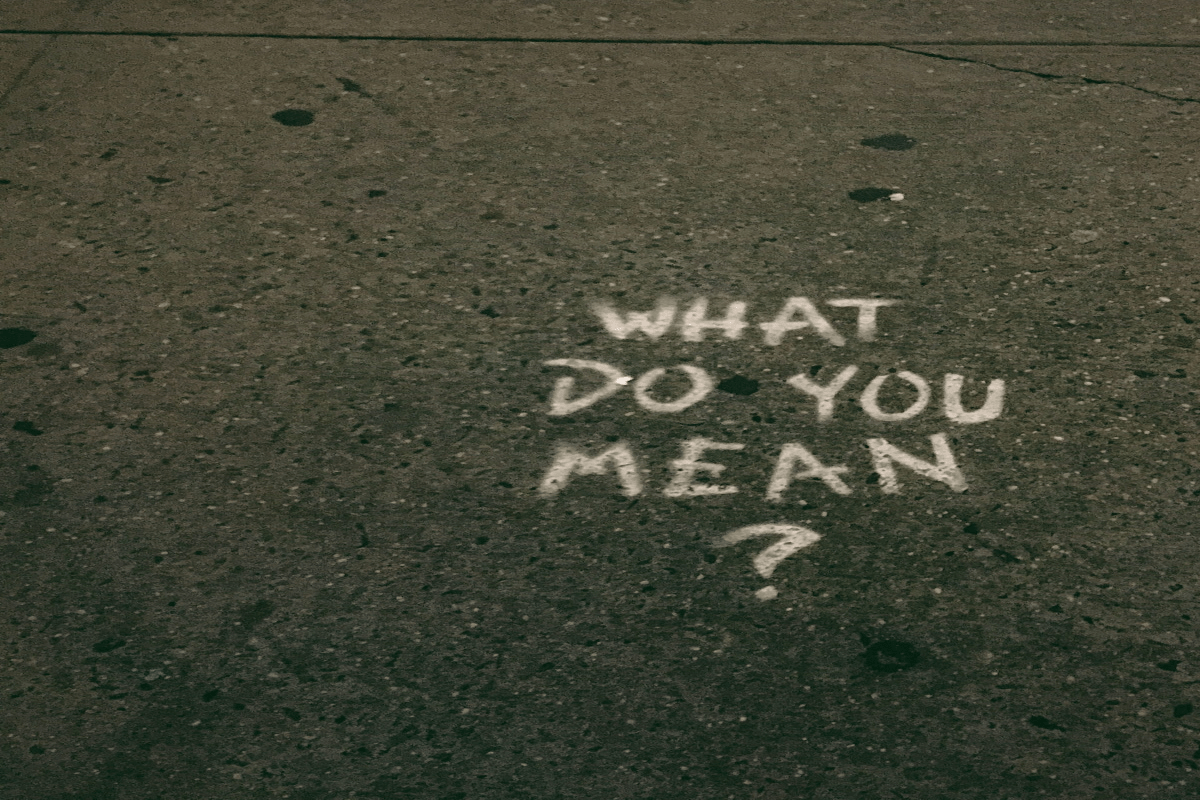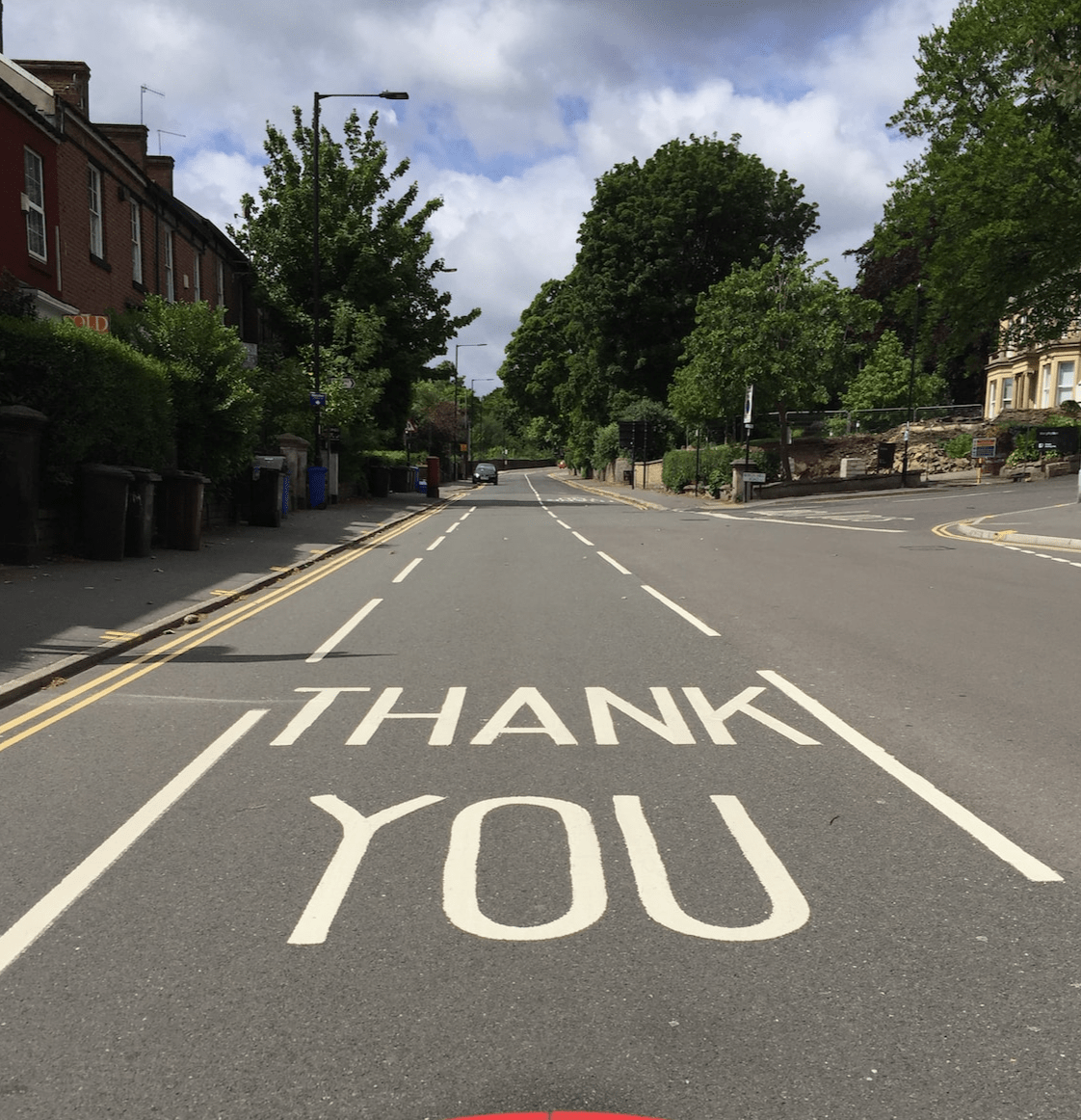





WORKSHOP 1
What matters most; now and in the future?
A guide to the main workshop
Quick check
Please make sure you have these things ready before people arrive
1The Response Quadrant
Please lay out the response quadrant that you prepared before the workshop. This will remain in one place throughout the workshop so that people can add their thoughts to it. Ideally, it will be on a table or board that people can gather around, but if that’s not an option you can put it on the floor or pin it to a wall.
2Lay out some pens and paper
Organise a selection of pens, coloured post-it notes (or pieces of scrap paper are fine) and notepaper to be available ready for the participants. Please use a different colour for each exercise so that the analysis team can match the responses to the specific questions.
3Plan how to use the space
If your group is larger than 10, you will need to divide people into groups of around 5 for some exercises. Have a look at the space and think about how this will work best.
Workshop Overview
The main workshop components

Summary
This workshop is designed to explain why these conversations are happening and to begin exploring people’s views on what is important, together with their hopes, fears and intentions for the future.
Time: 2 hours
Exercises included: 1,2,3

Aims & Objectives
Overall the goal is to answer 3 questions:
- Q1: What are the most important factors for a good life?
- Q2: What are your hopes and fears for the future of this community?
- Q3: What kind of future does the community want to work towards?
The questionnaire responses and in-workshop discussions will provide rich, comparable data that can be communicated to the Scottish Government.

Suggested outputs
We would suggest that you capture the following pieces information:
- A completed questionnaire for each workshop participant. If they didn’t have time to do it before the workshop, then please ask them to spend 5 minutes at the end to do this;
- Please complete the facilitator feedback form to capture the overall responses to the 3 core questions listed above.
If possible, we would suggest asking someone to help you to capture what is said during the workshop and to take pictures of the post-its responses after each exercise.
Sections to deliver
The workshop is divided into 8 sections
1. Welcome (2 mins)
Welcome the group. Let them know that for the next two hours you are going to work through some questions with each other. During that time you will be guiding people between the full group and smaller break-out groups to make space for everyone to speak.
Please make it clear that this is a safe space and that all conversations will remain confidential.

2. Warm-up (8 mins)
Over a period of 8 minutes people will partner up with 2 different people to answer 2 questions.
- Ask people to form their first pair;
- Tell everyone that they will have 4 minutes to share their answers with the other person to the following question: Describe a moment in your life where you felt most alive?
- Let them speak to each other for 4 minutes, then stop the room and ask them to change partners.
- Next question (again let them know they have 4 minutes): I want you to imagine that a future version of yourself has come back to give you some advice about how to live your life to the fullest right now... What is that advice?
- After 4 minutes, ask the room to say thank you to each other in any way that feels appropriate and then go and sit in small groups ready for the workshop to begin.

3. Framing (5 mins)
Explaining the point of the workshop
We have given some suggested framings in Section 2 but please feel free to interpret it using your own experiences. The key point is that we will be communicating the outputs from the workshops to the Scottish Government, to help connect local conversations to national decision making.

4. Exercise 1: exploring what matters most to people, now and in the future (35 mins)
This exercise is based on Question 1:
What are the most important factors for a good life?
Introduce the response quadrant and highlight some examples;
- Split people into groups of around 5 and ask them to sit around the response quadrants (one per group);
- Give everyone 5 minutes and ask them to write down anything that comes to mind in relation to having a meaningful, thriving life, now and in the future. These can be both positive and negative, factors and feelings - there are no rules. The idea is to answer instinctively and just see what comes up;
- Spend 10 minutes sharing what came up and putting the themes into the quadrants in their smaller groups;
- Ask each participant to circle the response that matters the most to them personally and ask them to share why that is with their sub-group;
- Give the full group a 5 minute warning to let them know the exercise will be ending and that you will be transitioning to the next one.
STOP the whole room.
N.B. in the test workshops we found that people were very engrossed in the conversations that developed during the first exercise. Although Exercise 2 builds on Exercise 1, it is important to help people mentally transition by giving them some warning that it is going to happen and encouraging people to get up and move about.
5. Exercise 2: exploring the key hopes and fears of the community (30 mins)
This exercise is based on Question 2:
What are your hopes and fears for the future of this community?
Ask the groups to spend 20 minutes discussing the following 2 questions:
- What are your wishes for the future of this community?
- What are you most worried about for the community?
After 15 minutes, stop the room.
- Give everyone 5 minutes and ask them individually to write down their biggest hopes and fears for the community over the next 10 years. Place the hopes in one cluster and the fears in a second cluster on their group’s table.
- Ask one member of each group to verbally summarise the key hopes and fears from their sub-group to the rest of the room.
6. Exercise 3: working together to find solutions (25 mins)
This exercise is based on Question 3:
What kind of future does the community want to work towards?
Using the fears identified in exercise 2 guide the group to come up with possible solutions.
Fear + response ideas (15 mins):
- Read out a fear randomly selected from the Exercise 2 post-its. Place the post-it on a board or table.
- Ask the rest of the group to respond with potential options (e.g. ‘but what if we could.......’). Capture the responses on post-its and cluster them around the fears.
- Repeat this process for additional fears.
Please give them an example to set the scene. For example:
- Fear: “I am frightened that people will become very aggressive if prices keep rising and there is not enough food to go around”.
- Response: “what if we start using empty space to create community gardens.....what if we start speaking about how this might happen and what we could do to support each other... what if we campaign for our supermarkets to stock more locally produced food”.
Reflecting (10 mins):
Spend 10 minutes discussing what this might mean for the future they would like to work towards.
7. Wrapping up (10 mins)
Spend 10 minutes helping people to make sense of what has come up for them during the workshop.
- Give everyone 5 minutes to write down some thoughts in response to the following question - What are you walking away with after today’s session?
- Please ask participants to place these thoughts on a table or board next to the question.

8. Check-out (5 mins)
Thank everyone for coming and let them know the following:
- If they would like to run a workshop themselves then they can access the Playbook at www.cornerstoneconversations.org
- If they would like to attend a 2nd workshop then please let you know;
- If they would like to continue the discussion as a group then suggest that they set up a WhatsApp group before they leave.
©Dark Matter Labs 2023










